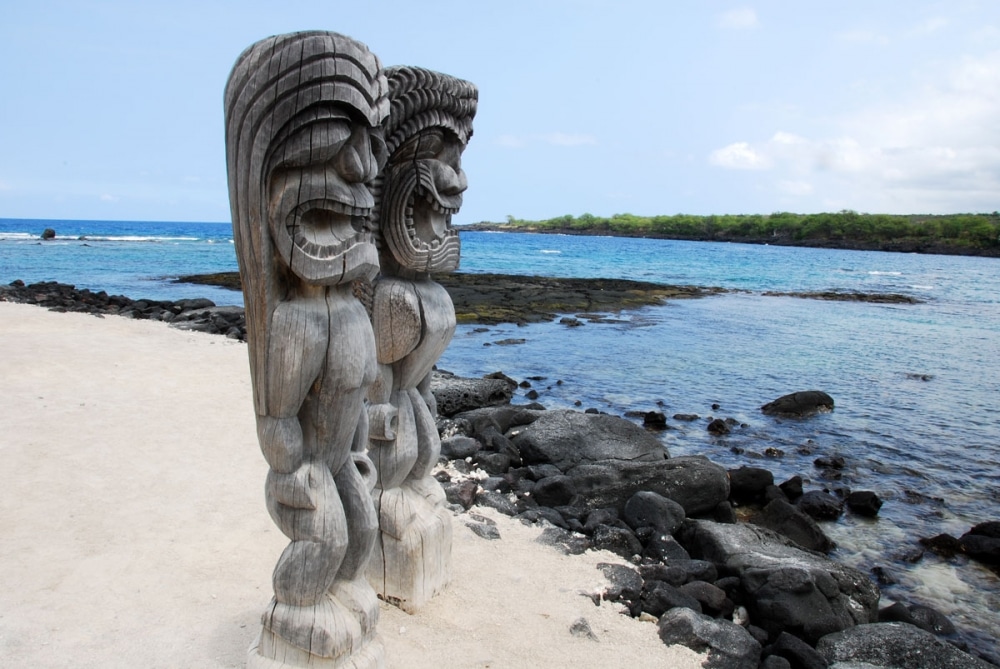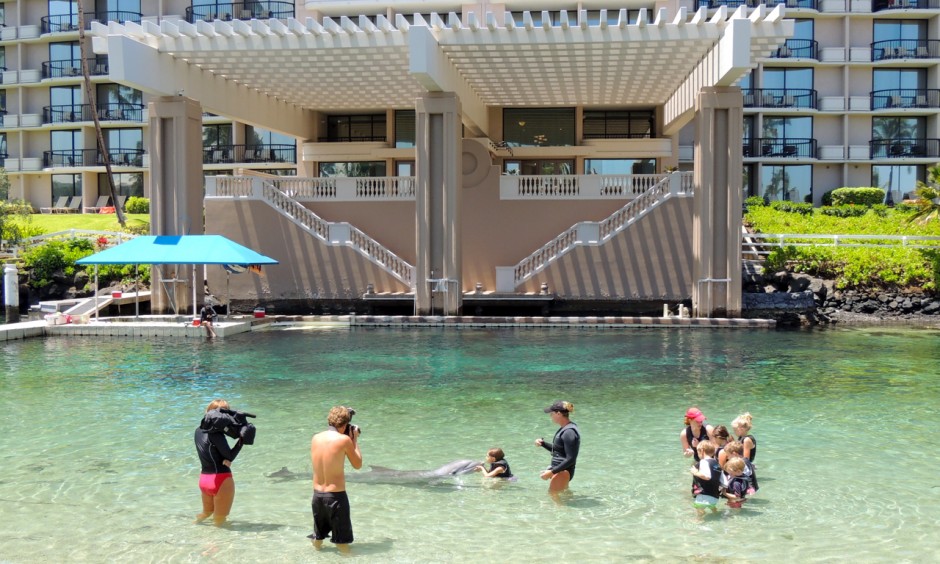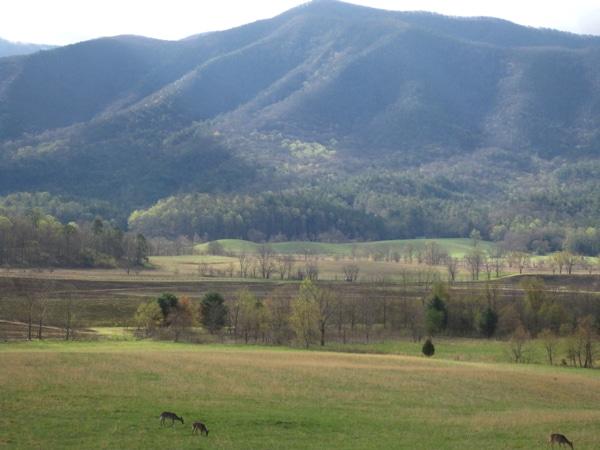Our last stop in Utah was in Moab, a town in which we have spent many pleasant days hiking in the canyons and on the red rocks. Arches National Park, Canyonlands National Park, Dead Horse State Park, and many other natural wonders await the visitor. The Colorado River winds its way just north of Moab, and the Green River, on which John Wesley Powell began his famous journey through the Grand Canyon, meets the Colorado in Canyonlands National Park. The spirit of Edward Abbey hovers over Moab, and there is still a sense that Moabites are resisting the many efforts to turn their town into just another tourist attraction. Jim Stiles, Abbey’s friend and disciple and editor of the fine community newspaper Zephyr, has written a good book about Moab’s past, present, and likely future: Brave New West (University of Arizona Press, 2007). It’s an excellent case study (Dave Foreman says “Jim Stiles is the rock in the boot, the burr under the saddle blanket, the leak in the inner tube. We who love the West ignore him at our peril.”) that hits in great detail some of the themes of my book.
Moab is the least Mormon of all the small Utah towns we have visited, a long-time haven for refugees from the rest of the country who fell in love with the land. There are still a fair number of people there who reject the consumer-driven, environmentally reckless lifestyle that is the heart and soul of the United States. Karen and I were interviewed on community radio station KZMU (www.kzmu.org), by program director Christy Williams. We were on for an hour and took a couple of calls. Christy was most gracious, had read the book carefully, and conducted the interview in a professional yet gentle manner that put us both at ease. Christy knew Abbey and confirmed our view of his shy personality and somewhat predatory and misogynist attitude toward women. The interview was on a Friday and next day I spoke to a lively audience at Back of Beyond Books on Main Street (remember my description of Mormon street layout). Former National Park ranger Jim Webster is the book buyer at the store, and he hosted the event, laying out a spread of wine and cheese for us. The listeners were all from Moab, and the discussion after the reading turned into a kind of town meeting, with complaints of low local wages and high housing prices and agreement that a living wage campaign would be a good thing for the town. I talked for awhile to Jim Webster, who showed us the collection of Abbey first editions that the store is very proud of. Jim also agreed with us that horses can do a lot of damage in the national parks. He told us that there had been a horse-riding concession in Arches National Park, run by Ken Sleight, who was the model for the character Seldom Seen Smith in Abbey’s famous novel, The Monkey Wrench Gang, which helped to catalyze the radical environmental movement. Sleight agreed to retire his business if the park agreed never to have another horse concession. The government did, and thankfully today horses are not ruining the trails of the park as they are in Saguaro and Rocky Mountain National Parks. Let me now praise Sleight for putting the land before self-interest. That’s a rare thing these days.
We were going to stay in Moab for a few days to rest and hike. We would have had to get up early to hike, because the temperatures were scorching, reaching 105 degrees the day of my visit to Back of Beyond. However, the retina in my left eye gave out again. I couldn’t see properly and I knew there was another tear. There were no ophthalmologists in Moab much less a retina specialist, so we had to leave on Monday and head for Boulder, Colorado where there was a specialist. I had arranged to see this doctor when we lived in Tucson (knowing that we would be in Boulder at about the time the Tucson doctor said I should have the eye checked), but now I had to see her immediately. We made the eight-hour trip over the Rocky Mountains and arrived tired and upset at our son’s house in Boulder. Next day the doctor confirmed that there was another tear. She urged me to take some pain killers before the surgery, and I did. But I wished I hadn’t. I was so out of it when she “soldered” the tear with a laser beam that I couldn’t tell what she was doing. I would rather have experienced some pain and been conscious of what was going on. She also said she saw something in my eye that concerned her, something that might have been lodged in an artery and could cause problems if it broke loose. She sent me to a hospital for an echocardiogram of my carotid artery and a cardiogram of my heart. Everything turned out alright, but I was frightened nonetheless.
We stayed ten days in Boulder, visiting our son and his girlfriend and running around all over the place: two radio interviews (on KGNU in Boulder, www.kgnu.org, on with me and one with both Karen and me), two visits to the retina doctor, the hospital visit, four book stores (Left Hand Books in Boulder, Macdonald Book Shop in Estes Park, Borders Books in Northglenn, and Tattered Cover in Denver), and a television appearance (KUSA-TV’s Colorado and Company show). Quite a few interesting things happened. The visit to Estes Park wasn’t a particularly good one. I didn’t sell a single book at Macdonald, even though the store had sold a few copies of the book prior to my arrival. In fact, of the fifty or so people who came into the store that afternoon, just one made eye contact. The store personnel didn’t tell a single person who came in that I was there, despite the fact that I was in plain view. The store is small, and I was sitting in a large wing chair in front of a fireplace, looking like I was supposed to be Santa Claus. Karen was given a tiny stool and looked like she was my elf. I left fifteen minutes early. We drove down the canyon to see the cottage we lived in when I wrote the book. We met our former next-door neighbor who was delighted to see us. She filled us in on the local gossip, and this helped make up for the bookstore fiasco. The renters after us abused the cabin, and it looked the worse for wear. Plus the utility company chopped off the tops of quite a few aspen trees, and this ruined the view.
Things picked up after Estes Park. At the Borders store we talked to some nice people. One man bought a copy of the book and told us he hadn’t had much time ot read or travel. He and his wife had been taking care of his elderly parents. His father had just died, and his mom was ill. He told us about his dad, and in a few minutes he started to cry. His wife began to cry too, and soon Karen and I were dabbing our eyes. A moving experience.
The finest bookstore we visited was Tattered Cover, on downtown Denver’s Colfax Avenue (there are two sister stores at other locations). This is one of the best bookstores in the nation, with an enormous stock of books, newspapers, and magazines, a café, and lots of cozy easy chairs on two floors. There was a good crowd; my host was great; and after my talk she gave me an engraved bookmark to honor my visit. If you’re in Denver don’t miss this store.
At the TV station, we learned a couple of things. The show was a local “morning show.” However, all but my segment were paid for by the participants. There is a Chautauqua Institute in Boulder, a local landmark still doing what the original Chautauquas did many years ago. A woman was on the show talking about the Institute. But her segment was paid for by Chautauqua. We found this remarkable. Plus the hosts just read prepared questions from a teleprompter. It seemed awfully impersonal, though why I was surprised by this I don’t know. In one of the show’s segments two men who work for a debt resolution company gave a pitch for their employer. Afterwards I learned from one of them that the debt collection agencies that buy bad debt from creditors usually pay two or three cents on the dollar for this debt. This made me wonder why they are such hardasses when you try to negotiate with them.
It is bittersweet to visit your grown children. You are pleased to see that they are getting on with their lives. But you feel disconnected from them too, in a way you never do when they lived with you. You wonder what life is all about. You devote a lot of your lives to them, and then they leave and things are never quite the same again. It puts a little hole in your heart. We were both thinking about this as we drove the 400 miles to Santa Fe, New Mexico.






